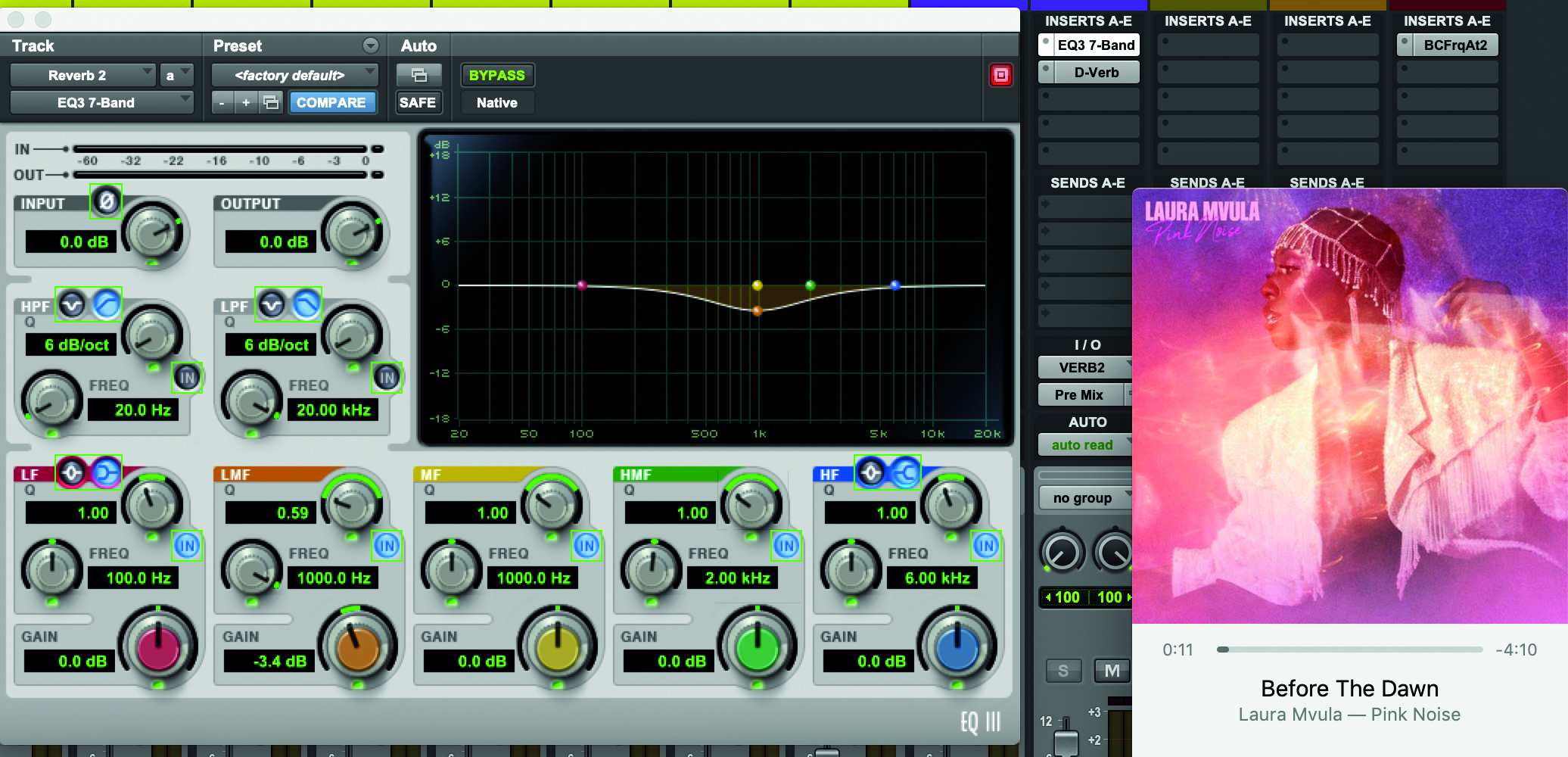
These sit on a spectrum that ranges from 20Hz to 20,000Hz (the audible range for humans). When you record a sound, the audio signal is made up of layers of different frequencies. It is one of the most ubiquitous processes in sound production and is an important step in mixing all kinds of audio for all kinds of mediums. In a nutshell, equalisation – or EQ – is the process of boosting or cutting the volume (dB) of certain frequencies in an audio signal in order to manipulate the overall tone of a recording. Below we’ll take a look at the most common and most relevant to podcast production. All professional podcasters will use them to some degree.


While the basic elements of sound production (your recording space, microphones, preamps, mixers and interfaces etc) should never be overlooked – as these are what lay the foundation of any great recording – audio processing and effects are what make a podcast shine.

Using reverb while recording in protools 12 how to#
We’ve covered a few of these in our previous article, How to Get the Best Audio Quality Out of Your Podcast, but here we want to focus specifically on audio processing and effects. There are many factors that influence how a podcast will sound. When you listen to your favourite podcasts, what is it that draws you in the most? A gripping story? Chemistry between hosts? Compelling research? While these elements are undeniably important for a great podcast, there’s one thing that can make or break a show, something that is arguably more important than anything else – sound quality. A Guide to Audio Processing and FX For Podcasting


 0 kommentar(er)
0 kommentar(er)
